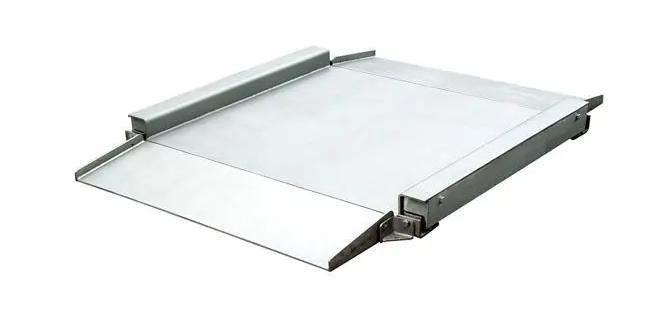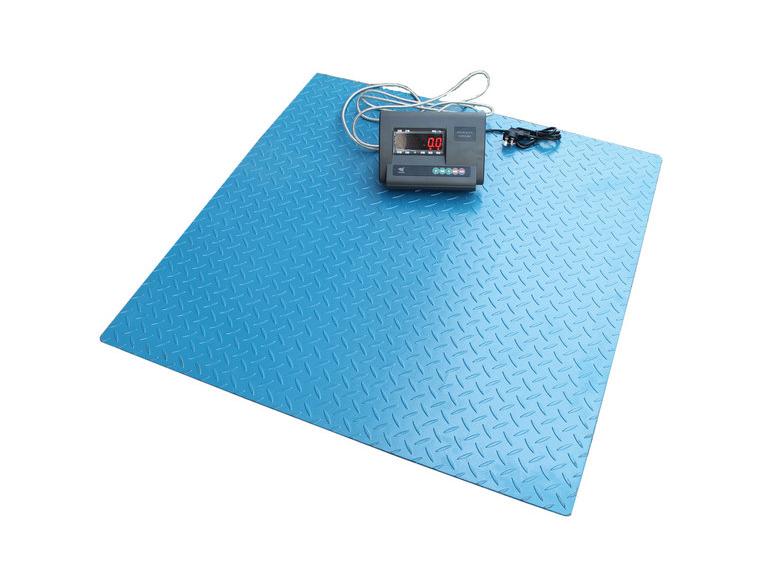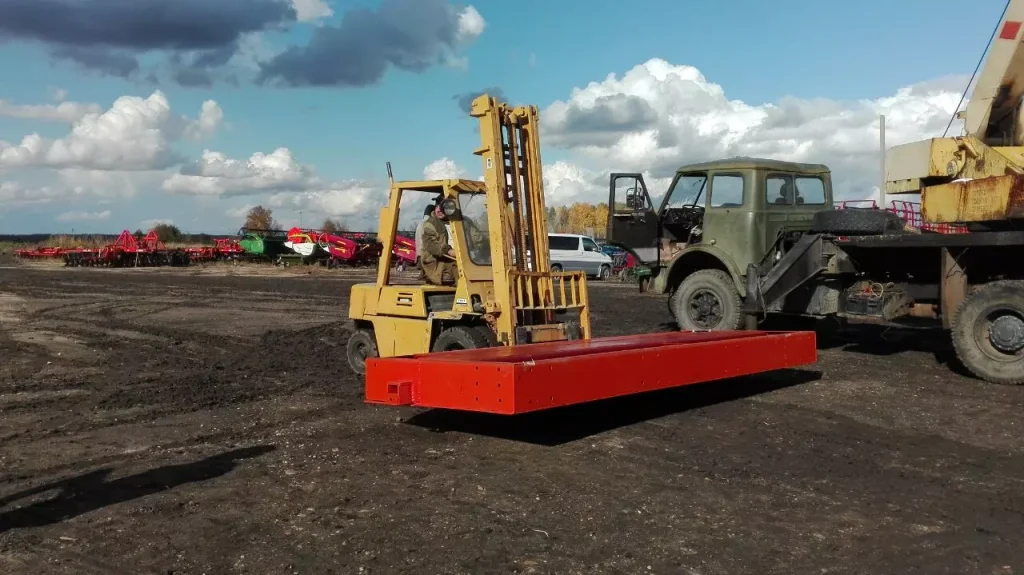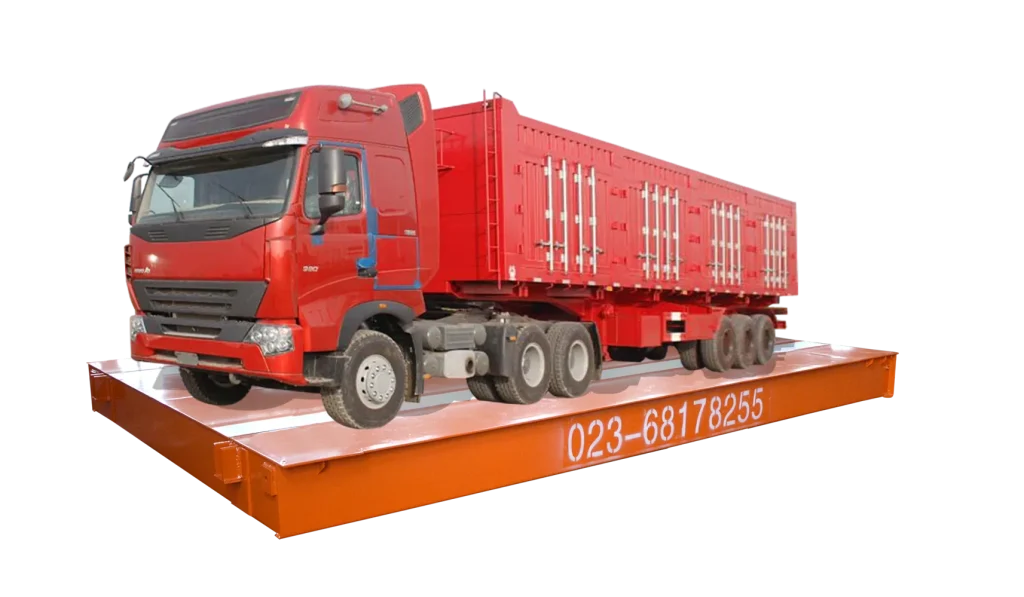Effective Strategies for Preventing Truck Weighbridges Overweight
Lorry weighbridges are essential for ensuring safe and efficient road transportation. These critical infrastructure points ensure that vehicles do not exceed weight restrictions, which can damage roads and bridges, jeopardize safety, and result in accidents. However, overloaded trucks continue to be a problem, endangering public safety and infrastructure integrity. Bincen one of the famous weighbridge manufacturers in China will give you an article that provides a comprehensive guide to preventing and effectively dealing with lorry weighbridge overloading.

How to Prevent Overload on Truck Weighbridges
Truck weighbridges are critical in maintaining road safety and protecting public infrastructure. Weighbridges help prevent overloading by accurately measuring vehicle weight, which can result in accidents, road and bridge damage, and excessive vehicle wear and tear. However, overloading remains a widespread problem, posing significant risks to road safety and public health. To effectively address this challenge, a comprehensive approach is required, encompassing measures at multiple levels.
Control Cargo Weight
- Verify Load Limits: Ensure that the total weight of the cargo does not exceed the vehicle’s maximum permissible gross vehicle weight (GVW) and axle weight limits. These limits are specified by the vehicle manufacturer and are crucial for maintaining the vehicle’s stability and handling characteristics.
- Weigh Individual Loads: For vehicles carrying multiple loads, weigh each load individually to ensure that no single axle or the overall weight exceeds the limits, which helps distribute the weight evenly and prevents the overloading of specific axles.
Optimize Load Distribution
- Balance Load Placement: Distribute the cargo evenly throughout the vehicle’s load area to avoid an excessive concentration of weight in one location. This helps to keep the vehicle’s center of gravity stable and prevents specific axles from becoming overloaded or tipping over.
- Secure Cargo Properly: Secure the cargo using straps, chains, or other appropriate means to prevent it from shifting during transportation. Shifting cargo can disrupt the weight distribution and lead to overloading of specific axles.
Select Appropriate Vehicles
- Consider Load Characteristics: Choose a vehicle with a sufficient load capacity and payload rating to safely transport the cargo’s weight and dimensions. Avoid using vehicles that are too small or have insufficient load-carrying capacity.
- Plan Route Based on Vehicle Type: When selecting a vehicle, consider road conditions, bridge capacities, and weight restrictions along the planned route. This helps to ensure that the vehicle can traverse the route without overloading bridges or exceeding road weight restrictions.
Enhance Driver Training
- Educate on Load Limits and Regulations: Educate drivers on the significance of adhering to weight limits and the risks of overloading. Give them clear instructions on how to properly load, weigh, and distribute cargo.
- Incorporate Weighbridge Training: Include training on how to use weighbridges correctly, emphasizing accurate weighing and interpreting results. This allows drivers to identify potential overloading issues before departing.
Utilize Advanced Weighing Technologies
- Dynamic Weighing Systems: Implement dynamic weighbridge systems that can weigh vehicles in motion, eliminating the need for stops and allowing for continuous monitoring of load distribution.
- Weigh-in-Motion (WIM) Systems: Install WIM systems along roadways to automatically weigh vehicles as they pass, allowing for real-time enforcement of weight limits and identification of overloaded vehicles.
- Smart Weighbridge Systems: Integrate smart weighbridge systems that can collect and analyze weighing data, revealing loading patterns and identifying potential overload risks.
Maintain Roads and Bridges
- Regular Inspections and Repairs: Conduct regular inspections of roads and bridges to identify and address any structural issues that could reduce their load-bearing capacity.
- Upgrade Infrastructure: Prioritize the upgrade and reinforcement of aging or inadequate infrastructure to ensure that roads and bridges can safely handle the weight of modern vehicles.
- Post Clear Weight Limit Signage: Clearly post weight limit signage on all roads and bridges, ensuring that drivers are aware of the maximum permissible weight and potential consequences of exceeding it.

Steps to Handle Truck Overweight at Weighbridges
When a truck is found to be overweight at a weighbridge, it’s crucial to take prompt and appropriate action to ensure road safety, protect infrastructure, and comply with regulations. Here’s a step-by-step guide on how to handle truck overweight situations:
- Immediate Stop: Upon discovering that the truck exceeds the weight limit, instruct the driver to immediately stop the vehicle. This prevents further damage to roads, bridges, and the vehicle itself.
- Unload Cargo: Depending on the extent of the overweight, arrange for the unloading of a portion of the cargo until the vehicle’s weight falls within the permissible range. This ensures compliance with weight limits and prevents potential hazards.
- Await Inspection: Wait for the arrival of traffic management officials or weighbridge staff to conduct an inspection. Cooperate with their instructions and provide necessary information to facilitate the process.
- Accept Penalties: If the vehicle is indeed found to be overloaded, accept the corresponding fines or other legal penalties as imposed by the authorities. This demonstrates responsibility and adherence to regulations.
- Reload Cargo: Once the vehicle’s weight is within the permissible limits, carefully reload the cargo, ensuring proper distribution and balance to prevent overloading again.
- Vehicle Inspection: Before departing, thoroughly inspect the vehicle for any damage caused by overloading. If necessary, arrange for repairs to ensure the vehicle is in a safe and roadworthy condition.
- Document the Incident: Maintain a detailed record of the overweight incident, including the date, time, location, cause, and actions taken. This documentation serves as a reference for future improvement and compliance measures.
Additional Considerations
- Local Regulations: Be aware that specific procedures for handling overweight trucks may vary depending on local laws and regulations. Always follow the guidelines provided by the relevant authorities.
- Safety First: Prioritize the safety of all individuals involved, including the driver, passengers, and other road users. Avoid actions that could compromise safety due to overloaded vehicles.
- Preventative Measures: Implement preventive measures within your organization, such as training drivers on weight limits, utilizing onboard weighing systems, and establishing clear loading procedures, to minimize the risk of overweight incidents.
By following these steps and adhering to local regulations, you can effectively manage truck overweight situations, ensuring road safety, protecting infrastructure, and promoting responsible transportation practices.

Conclusion
By implementing the preventative measures outlined in this article by Bincen, haulage companies and drivers can significantly reduce the risk of encountering lorry weighbridge overloading. Additionally, understanding the proper procedures for handling overweight situations ensures that these incidents are dealt with promptly and safely. By promoting a proactive approach and fostering responsible practices, we can contribute to a safer and more sustainable transportation system, maximizing the efficiency and lifespan of our vital lorry weighbridge infrastructure.





